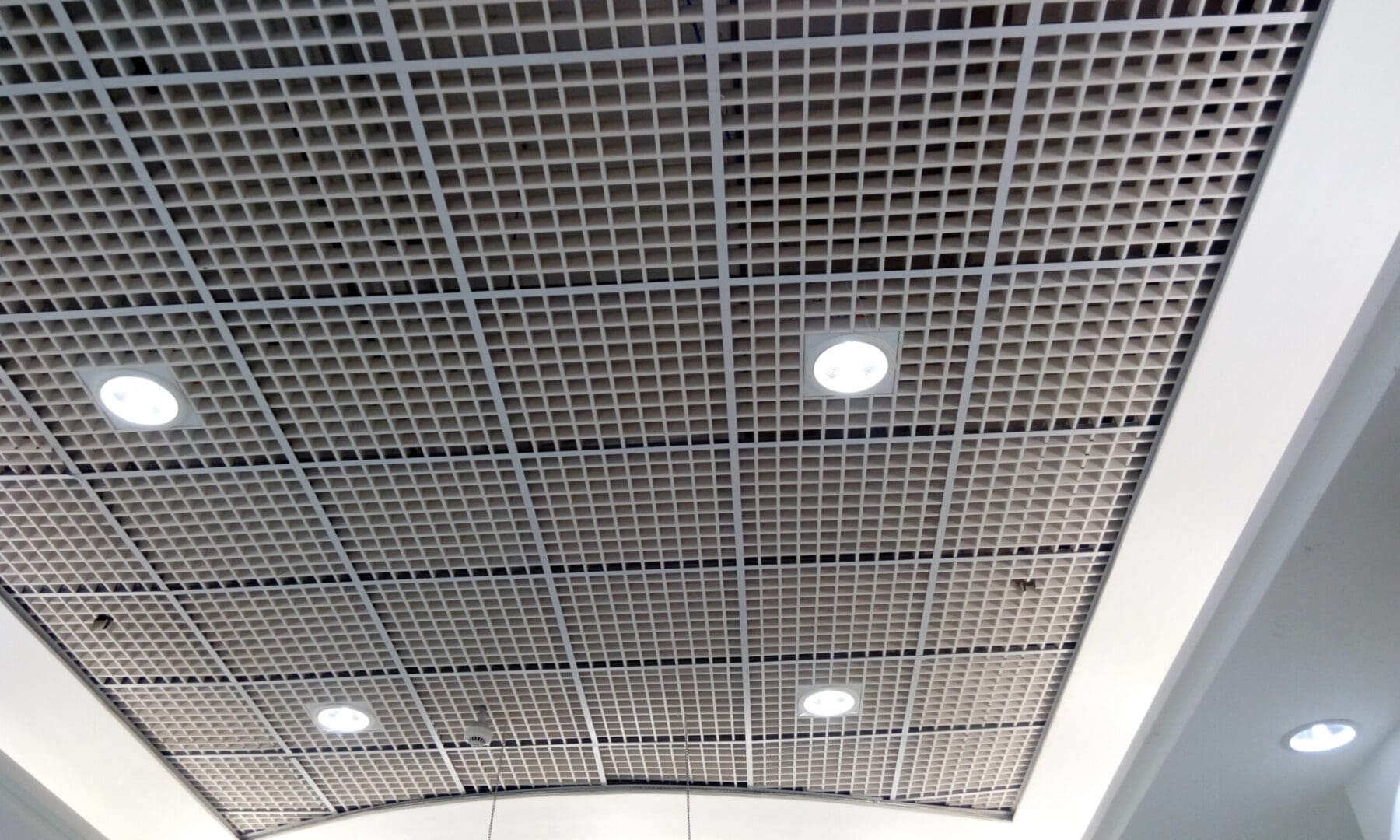CEILING

Ceilings
WATER DAMAGE AND CEILING STAINS: THE MOST COMMON CAUSES
The ceiling is leaking. They are the biggest nightmare of any homeowner. Your family's safety is in jeopardy, and if your ceiling collapses, your valuables will be severely damaged. But how can you recognize them, why do they happen, and what can you do to prevent them? We've got the answers for you:
What produces stains on the ceiling?
Water is easily absorbed by structural building elements such as wood, insulation, and drywall. This allows water from a leak to spread quite quickly with these goods. The water stain on your ceiling could be a symptom of a much bigger problem. Water can seep in via the insulation and onto the support beams, as well as through the lights, before causing discoloration of the wood or plaster surface area.
These structural materials will have absorbed an excessive amount of water, causing them to deform and degrade, resulting in serious structural damage.
There is also a risk of mould and mildew growth if there is water above your ceiling. Mould thrives in dark, moist environments, and its presence not only increases the risk of damage, but it can also induce severe health reactions in you and your family members as a result of mould exposure.
Examine the water's quality:
The quality of the water might also assist you in determining the source of the leak. The appearance of the stain on your roof can indicate the quality of the water. If the discoloration is odourless and nearly invisible, it is most likely the consequence of a freshwater source, such as a pipeline or a home appliance line. If the stain has an unusual colour or scent, the leak could be coming from the roof or the bathroom.
Don't Forget About Those Who Have Hands-on Experience With Ceiling Problems
Don't let the stains on your ceiling go unnoticed. By the time you see the stain, the situation is likely to be critical, and you must act quickly. Ignoring the condition or dismissing it as a purely aesthetic problem might have disastrous consequences for you and your family. For the best solution, contact the right people at the right time. So, who do we recommend?
Southern Ceiling Repair Albany provides timely, dependable, cost-effective, and long-lasting ceiling repair services. They have extensive experience with all types of ceiling problems and are well-known for their excellent workmanship and customer service. They will determine the source of the damage, restore your ceiling, and leave you with a ceiling that is as good as new and will last you for many years.
How can I tell if there's a water leak?
As previously stated, the stain on your ceiling should be the least of your concerns. You must first find and patch the leak before bringing out the paint can.
The steps below will assist you in determining the source of the water damage:
Find the source of the leak: Begin with the stain. Examine the area for a possible source of the leak, but keep in mind that the leak may not originate from the same source as the stain. To find the leak, you may need to examine all of the walls and climb into your roof.
Determine the problem: If there is a bathroom over the discoloration, the leak could be caused by a worn caulk or a pipe component. If the water enters via the roof, there may be damage to the roof covering or clogged gutters. Make sure to inspect the pipes and water lines near the discoloration for any evidence of additional leaks or damage. Identifying the direction from where the leak is coming will undoubtedly assist you in locating the source.
Determine when the leak occurred: The timing of the leak can help you figure out where it came from. The restroom is the most likely source of the leak if it occurs after you take a shower or flush the toilet. If the leak happens after it has rained, there is most likely a problem with the rain gutters or roof damage.

























